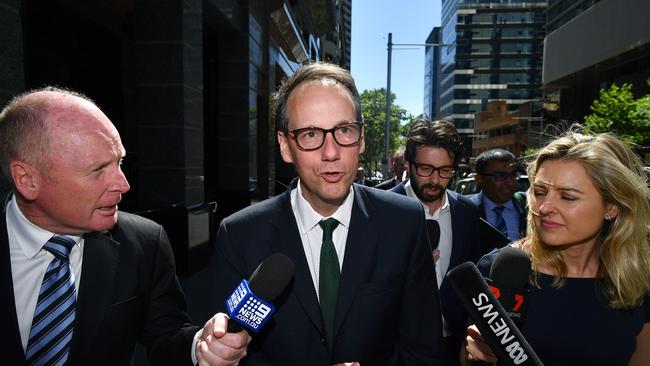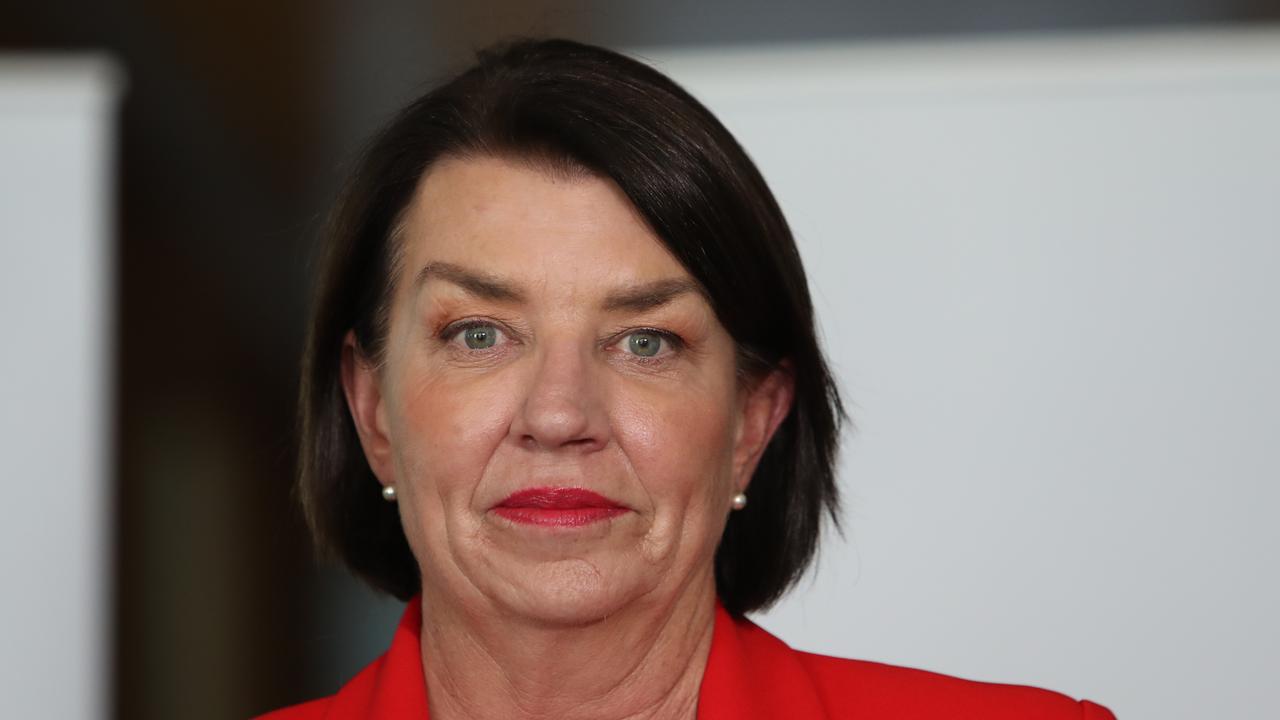ASIC chalks up hefty legal bill for commission
ASIC tallied up an eight-figure legal bill in the financial services royal commission, although it was outspent by the major banks.

The conduct regulator tallied up an eight-figure legal bill in the financial services royal commission, although it was heavily outspent by the targets of the inquiry — the major banks.
Internal Australian Securities & Investments Commission documents released to The Australian under Freedom of Information laws show that the regulator spent $10.2 million in the 2018 financial year and up to the end of January in the current financial year.
Of that amount, $5.8m was spent on advice from external law firms and counsel, with a costing of internal ASIC legal services accounting for the remainder.
An ASIC spokesman said the royal commission was an important process and the regulator had been a major contributor.
“ASIC secured funding from the government to assist with our involvement in the royal commission and to make sure resources were not diverted from our crucial business-as-usual work,” he said.
Over the weekend, Treasurer Josh Frydenberg announced $400m in extra funding for ASIC over four years. The money will be used to help stamp out misconduct and enable ASIC to take on extra responsibilities in the financial sector.
While the amount spent by ASIC on legal services for the royal commission is about $400,000 less than the budgeted amount, further funds have been allocated for the implementation phase of recommendations in commissioner Kenneth Hayne’s final report, which was handed down early last month.
Even so, the $10.6m provided to ASIC is dwarfed by the major banks’ legal costs.
Some banks grouped their royal commission expenses into other corporate costs.
However, Westpac shelled out $62m in the September financial year, with ANZ forking out $55m, of which $16m was spent in the first half and $39m in the second half. Those amounts will increase, at the least because public hearings continued into late November.
The size of ASIC’s legal bill reflected its involvement in most case studies heard by Mr Hayne.
The watchdog received 144 information requests, which was broken down into 93 notices to produce, 41 specific requests for information and 10 witness statements, although 12 statements were actually prepared. ASIC responded to requests in five days, on average.
More than 30 million documents were searched by key words, leading to the production of 562,529 pages.
Of those, 160,559 were subjected to close legal review for an assessment of relevance or legal professional privilege.
The number of documents actually produced was 97,321.
Of the $5.8m spent on external legal advice, $4.2m went to the two law firms ASIC used — Corrs and Johnson Winter & Slattery.
ASIC started the royal commission with Corrs in its corner but then switched over to JWS for unexplained reasons. The remaining $1.6m went to a range of senior and junior counsel.
Among the senior counsel were Melbourne-based Lisa Nicholls QC, Sydney silk Mark Steele, Melbourne-based QC Peter Collinson, and Greg McIntyre SC, who appeared for Eddie Mabo and was used by ASIC for the indigenous round of hearings.
As a commonwealth agency, ASIC is required to retain external counsel at discounted rates.
Top commercial barristers such as Allan Myers charge more than $20,000 a day. However, barristers retained by ASIC and the Australian Competition & Consumer Commission are paid a lower rate than they charge commercial clients. They are paid for a maximum of six hours work a day.
ASIC paid $830,884 in fees to counsel last financial year, and a further $787,389 to the end of January in the current financial year. Some of those fees would have been for “prepping” ASIC witnesses ahead of their appearance in the royal commission.


